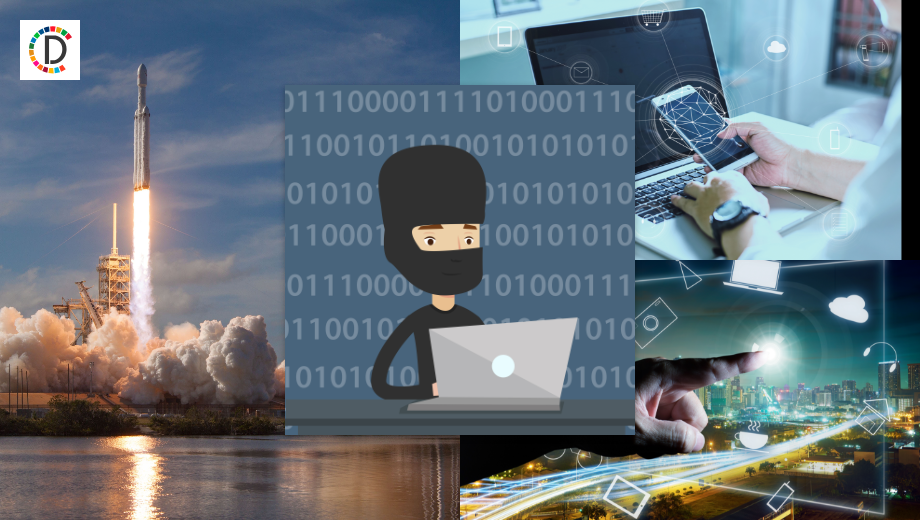5-fold surge in research linked to surveillance-enabling patents, study finds

- Country:
- India
An analysis of studies spanning over four decades has found a five-fold increase in research papers on computer vision linked to downstream patents that enable surveillance.
Computer vision is a field of artificial intelligence (AI) that trains a machine to interpret and understand images.
Researchers from Trinity College Dublin in Ireland and Stanford University, along with other institutes in the US, analysed over 43,000 documents of papers on computer vision and downstream patents.
Most were found to enable the targeting of human bodies and body parts, significantly infringing on fundamental human rights, including rights to privacy and freedom of expression and movement.
Biometric records of faces, fingerprints and gait -- uniquely personal and often inseparable from identities -- have proliferated as a form of surveillance in recent years, the authors said.
''While the general narrative is that only a small portion of computer vision research is harmful, what we found instead is pervasive and normalised surveillance,'' lead researcher Abeba Birhane, assistant professor at the School of Computer Science and Statistics at Trinity College Dublin, said. The analysis, published in the journal Nature, also reveals the use of ''obfuscating language'' to normalise and even hide the existence of surveillance.
''Linguistically, the field has increasingly adapted to obfuscate the existence and extent of surveillance. One such example is how the word 'object' has been normalised as an umbrella term which is often synonymous with 'people','' Birhane said.
The analysis is a ''detailed, systematic understanding'' of the research field of computer vision, providing a ''concrete empirical account'' of how this research helps develop surveillance technology, Birhane said.
The authors wrote, ''Comparing the 1990s to the 2010s, we observed a fivefold increase in the number of these computer-vision papers linked to downstream surveillance-enabling patents.'' ''We reveal obfuscating language that allows documents to avoid direct mention of targeting humans, for example, by normalising the referring to of humans as 'objects' to be studied without special consideration,'' they said.
The US, China, and the UK are among the top nations producing the most surveillance technology, while Microsoft, Carnegie Mellon University and Massachusetts Institute of Technology are among the top institutions doing so, the researchers said.
Birhane added, ''The most troublesome implications of this are that it is harder and harder to opt-out, disconnect, or to 'just be', and that tech and applications that come from this surveillance are often used to access, monetise, coerce, and control individuals and communities at the margins of society.'' ''Due to pervasive and intensive data gathering and surveillance, our rights to privacy and related freedoms of movement, speech and expression are under significant threat,'' the lead researcher said.
(This story has not been edited by Devdiscourse staff and is auto-generated from a syndicated feed.)
ALSO READ
Ireland Relocates Embassy Staff Amid Tensions
IFI Techsolutions Achieves Prestigious Microsoft AI Cloud Partner Status
India Calls for Global Unity Against Terror at Air India Flight 182 Memorial in Ireland
End of an Era: Warren Deutrom Steps Down After Transformative Leadership at Cricket Ireland
Tech Titans Align: Inside the OpenAI and Microsoft Partnership








